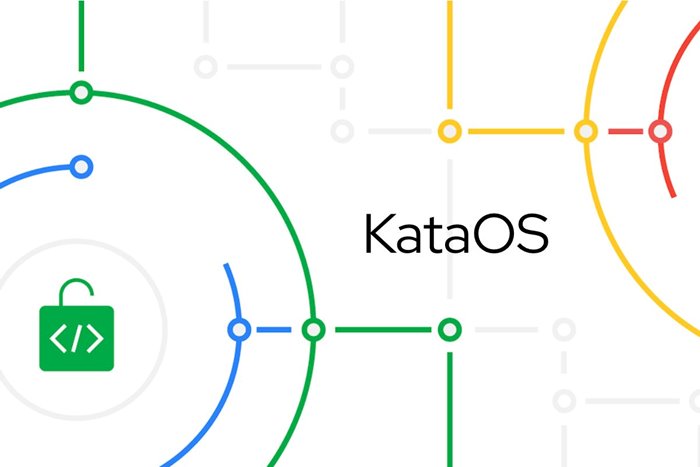Google’s Kataos, A New Operating System For Applications Based On Machine Learning
The Internet Search Giant Is Building A New Operating System Called Kataos For User Applications Based On Machine Learning.
Google wants to develop a new operating system for apps that run machine learning (ML) algorithms, focusing on security and privacy and working with open-source technologies.
If we look at the Stadia project, Google is always working on new experimental technologies, even if there is a possibility that they will fail for any reason. The company’s latest experiment is KataOS, an open-source and highly secure operating system.
KataOS is the core of the Sparrow project, which combines a new operating system with a secure hardware platform to provide the necessary platform for applications running machine learning algorithms.
Google says KataOS is written almost entirely in Rust. This safety programming language provides a strong starting point for increasing software security by removing entire classes containing possible bugs, including buffer overflow.
In collaboration with Antmicro, TechSpot has used seL4 as the KataOS microkernel and the sel4-sys technology to create a new Rust-based kernel and system. sel4-sys is itself developed in C language.
The hardware platform used in the initial version of KataOS is the Arm64 instruction set, while the final project should run on the RISC-V-based open-source open-it silicon design.
KataOS and the Sparrow project are designed to improve applications embedded in other applications and platforms. Security is usually not considered a completely new system but a software feature that can be added to existing systems.
Google has stated that the new operating system should provide a simple way to build secure systems, and mathematically, it Prevents unauthorized and malicious access to personal data.
The KataOS platform protects users’ privacy thanks to verifiable, secure components and core hardware protection.
The possibility of penetrating the core of this operating system will be logically impossible for high-level programs.
The Sparrow project’s official public repository currently contains most of the core KataOS code but does not allow third-party applications built outside the CAmkES seL4 framework.
KataOS is Google’s new investment in the space of operating systems. Fuchsia is also an operating system that Google experimentally created and eventually used in products such as the Nest Hub bright display. Therefore we hope the user community will accept KataOS and, like Stadia, it will be added to the list of canceled projects. Don’t be a company.
To check the initial code of KataOS, you can refer to the GitHub page of this operating system.

